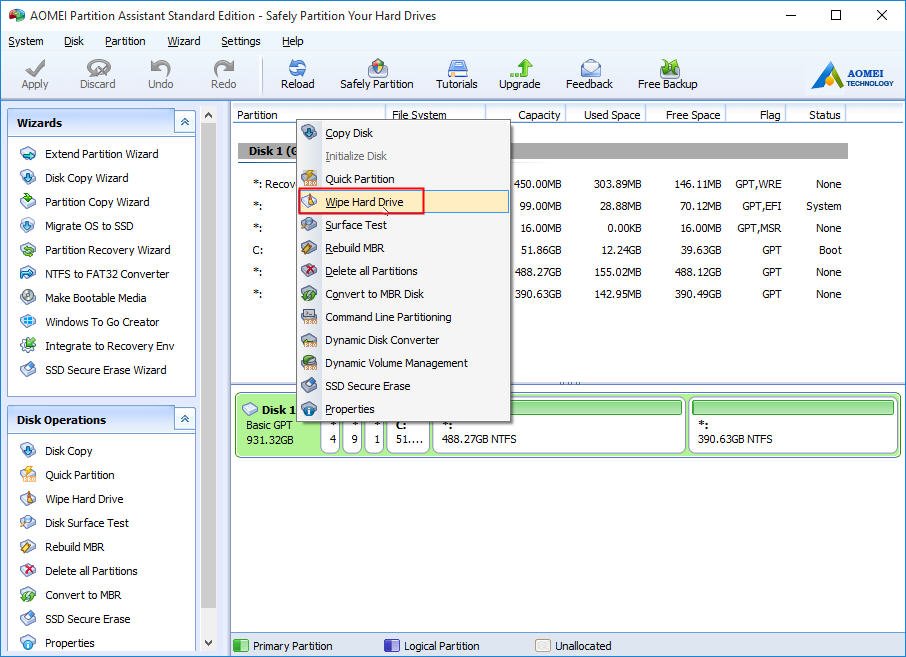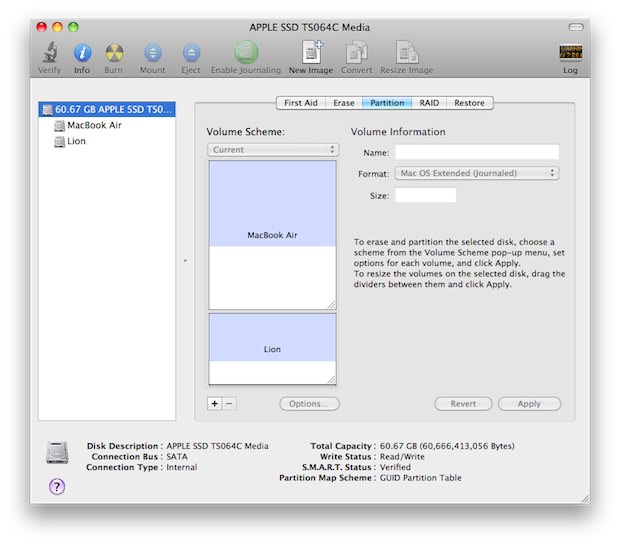These steps do not apply to Mac computers with Apple silicon. The steps to erase a Mac with Apple silicon are different.

Before erasing your Mac
- Make a backup of any files that you want to keep. Erasing your Mac permanently deletes its files.
- If you want to restore your Mac to factory settings, such as to prepare it for a new owner, first learn what to do before you sell, give away, or trade in your Mac. Then erase your Mac as the final step.
If you wish to remove your data, you must erase the hard drive first. Rebooting and Recovery If your Mac originally shipped with OS X 10.7 Lion, 10.8 Mountain Lion or 10.9 Mavericks, and you have rebooted your Mac following the complete erasure of the hard drive, your Mac will not be able to boot.
- Hard Drive Eraser is compatible with all versions of Windows (Windows xp, Vista, Windows 7 and Windows 8 - All 32/64bit), linux and all versions of Mac in the last 10 years. In fact, you can run Hard Drive Eraser directly from a CD without even starting the operating system. World's most highly-certified wiping technology.
- That said, SSDs that support the TRIM command and run under a TRIM-supported environment (Windows 7 and 8, OS X 10.6.8 or better, Linux 2.6.28 or better, plus a modern BIOS and drive controller.
- Sanitize all data on HDD, SSD, NVMe & USB drives. No cost-per-erase! Powerful and portable software that allows you to destroy all data on Hard Disks, Solid State Disks (SSD) & USB disks and Memory Cards, excluding any possibility of deleted files and folders data recovery. Active@ KillDisk is a disk sanitation and partition eraser utility.
Use Disk Utility to erase your Mac
- Start up from macOS Recovery: Turn on your Mac, then immediately press and hold these two keys until you see an Apple logo or other image: Command (⌘) and R.
- If asked, select a user you know the password for, then enter their administrator password.
- From the utilities window, select Disk Utility and click Continue.
- Select Macintosh HD in the sidebar of Disk Utility. Don't see Macintosh HD?
- Click the Erase button in the toolbar, then enter the requested details:
- Name: Macintosh HD
- Format: APFS or Mac OS Extended (Journaled), as recommended by Disk Utility
- Click Erase Volume Group. If you don't see this button, click Erase instead.
- If asked, enter your Apple ID. Forgot your Apple ID?
- After the erase is done, select any other internal volumes in the sidebar, then click the delete volume (–) button in the toolbar to delete that volume.
During this step, disregard any internal volume named Macintosh HD or Macintosh HD - Data, as well as any volumes in the External and Disk Images sections of the sidebar. - Quit Disk Utility to return to the utilities window.
- If you want to start up again from the disk you erased, select Reinstall macOS in the utilities window, then click Continue and follow the onscreen instructions to reinstall macOS.

If you don’t see Macintosh HD in Disk Utility
Your built-in startup disk should be the first item listed in the Disk Utility sidebar. It's named Macintosh HD, unless you changed its name. If you don't see it there, choose Apple menu > Shut Down, then unplug all nonessential devices from your Mac and try again.
If your disk still doesn't appear in Disk Utility, or Disk Utility reports that the erase process failed, your Mac might need service. If you need help, please contact Apple Support.
Erase Hard Drive 10.6 802
Learn more
Erase Hard Drive 10.6 840
For more information about using Disk Utility, see the Disk Utility User Guide.